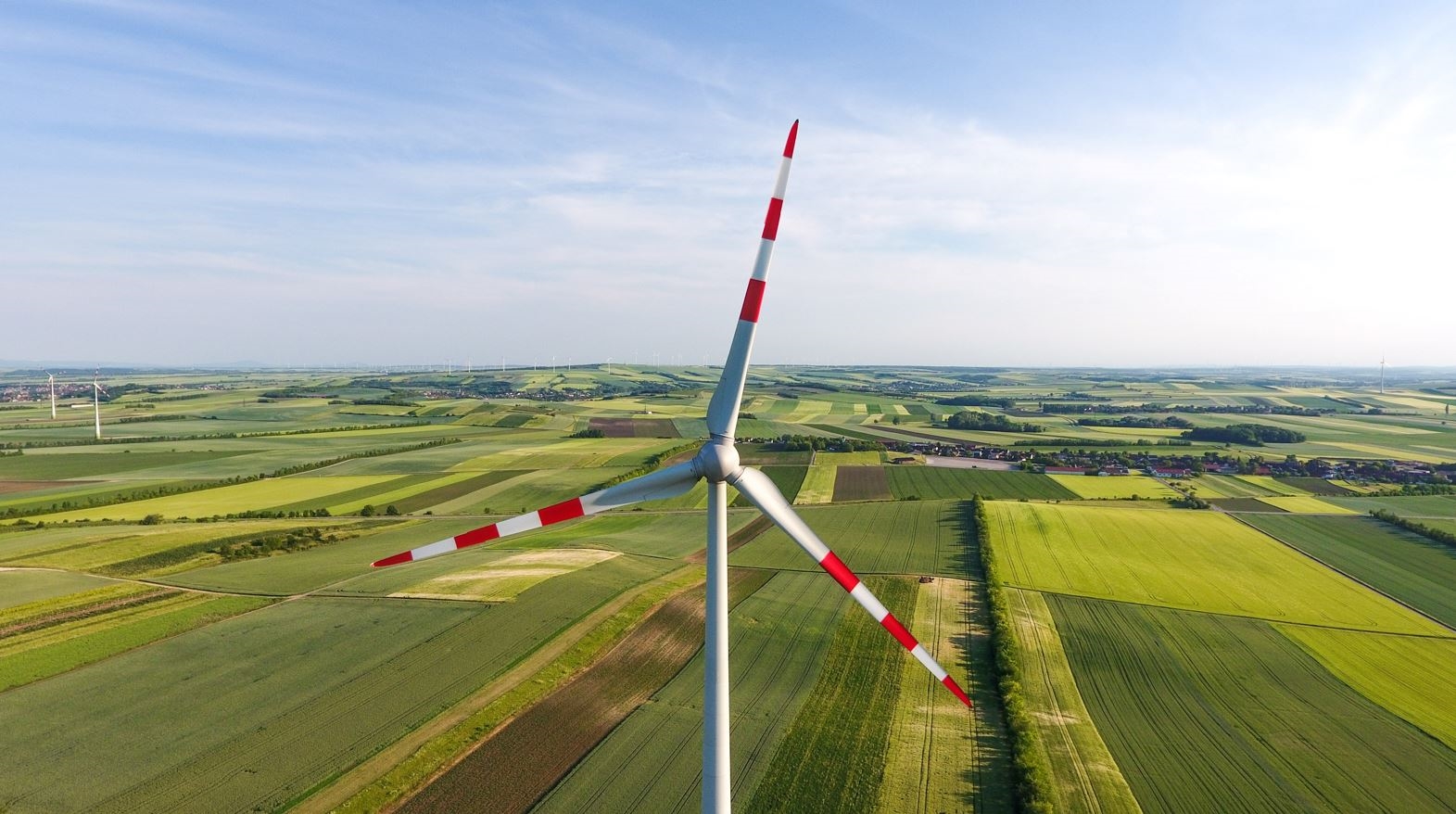Unlocking private capital for energy transition
Guest writer: Jason Zhengrong Lu, head of the Global Infrastructure Facility
By embarking on a path towards decarbonization, we can dramatically transform the global energy sector and achieve the affordable and clean energy targets of the United Nations Sustainable Development Goal 7 (SDG7) as early as the second half of this century. But moving quickly is crucial.
Multiple overlapping crises are rocking global energy markets today. The lingering Covid-19 pandemic and its associated global economic and trade disruptions, destabilizing conflicts, volatile energy prices, high inflation, and rising interest rates are all adding to an already complicated equation: balancing the urgent need for increasing the energy supply with reducing carbon emissions.

The math doesn’t lie: at the end of 2020, total debt in EMDEs stood at 206% of GDP – a 50-year record – while countries face a $15 trillion gap in global infrastructure investment between now and 2040.
Research shows that an increase in private sector investment can be a game changer for a clean energy transition. Yet, despite the great need and overwhelming evidence, private sector investment in sustainable infrastructure for EMDEs remains extremely low at less than 1% of the total GDP of low-and middle-income countries.
In the near-term, higher prices threaten to disrupt or delay the transition to cleaner forms of energy.
High metal prices are driving up the cost of renewable energy, which depends on aluminum and battery-grade nickel. Several countries have announced plans to increase production of fossil fuels despite climate change goals, making the price of renewable fuels less competitive.
With the math stacked against many countries, accelerating the energy transition can only happen if they can meet the prerequisites for attracting private investment: strong enabling policies, investment-ready project pipelines, and instruments to address perceptions of high risk.
Catalyzing Transformational Change
Although the level of funding needed is daunting, there is ample liquidity in the market. What’s really lacking is an adequate inventory of shovel-ready projects: well-structured and de-risked investments in low-carbon energy projects that are attractive to private investors.
This is exactly where infrastructure project preparation facilities, such as the Global Infrastructure Facility (GIF) can play a catalytic role.
Our work encompasses early-stage interventions to identify and select pipelines of climate-resilient, quality-infrastructure projects and provide financial resources and technical support to make them ready for private sector participation in EMDEs.
Unlocking Private Capital
GIF takes a “more than money” approach by leveraging its multilateral partnership platform to provide hands-on technical expertise and project preparation funding support to governments and MDBs. This approach works. We are seeing results that link climate action and infrastructure investment.

The GIF works in tandem with global partners – like the African Development Bank (AfDB), European Bank for Reconstruction and Development (EBRD), Inter-American Development Bank (IADB), International Finance Corporation (IFC), the World Bank, and other multilaterals – to invest in early-stage project development by preparing and structuring sustainable projects that will mobilize private sector investments to support the energy transition agenda.
Some examples of our work demonstrating impact are below:
In Senegal, a first-of-its-kind electric Bus Rapid Transit (BRT) project (and the first BRT structured under a public-private partnership (PPP) in Africa) was developed with the GIF’s support to the Dakar Urban Transport Executive Council, in partnership with the IFC and the World Bank. The project entails a new fleet with 100% electric buses, batteries, and depots expected to serve 14 municipalities on 18.3km of dedicated BRT lanes. It will transport 300,000 passengers daily, halving commute times while drastically improving air quality and avoiding more than 59,000 tons of CO2 emissions per year. This project mobilizes more than US$150 million in private investment. A consortium led by Meridiam signed a 15-year contract to operate and maintain the project in March 2022.
In The Seychelles, the GIF – with the African Development Bank and the African Legal Support Facility – is helping set up the government’s first independent power producer competitive tender process for the procurement of a 5MW floating solar photovoltaic (PV) system that will be installed on the Island of Mahé. The GIF is providing advisory services through its COVID-19 Response Facility, including advising project documents and supporting negotiations of the final project agreements. The project is expected to increase the country’s installed power generation capacity by 5MW from renewable sources by 2024 and avoid Green House Gas (GHG) emissions of approximately 7,700 tons per year. Following the project’s success, the government intends to replicate floating solar PV across various islands.
In Brazil, the GIF has been supporting the government through the Ministry of Economy, the Ministry of Regional Development, and CAIXA – one of the country’s public banks – through a broad partnership with the IFC and the World Bank, by providing funding and technical support for the structuring and procurement of the Public Street Lighting Program that will tender up to 12 projects in municipalities across the country. Through the GIF’s funding and technical support along with its partners, CAIXA and other stakeholders have been developing a standardized process and documentation templates for this program that will deliver services as a PPP. This approach will facilitate the structuring of the PPP transactions and will help develop local project preparation capacity. Over time, this will reduce transaction costs and ease replicability across the country. To date, five projects with an expected private investment of $60 million have reached commercial close, covering 225,000 LED lamps and benefiting over 3 million people. Overall, the program is expected to mobilize $142 million in private investment and install almost 520,000 lamps and smart city features, benefiting about 7 million people.
Amplifying Impact
The success of these projects show how crucial private finance is to advancing the energy transition in EMDEs.
None of these projects could have come to fruition without strong private sector participation, and we know that well-prepared and well-structured projects easily attract financing.
Our results and robust pipeline of future projects demonstrate that channeling more resources into project preparation facilities can amplify their impact on the global energy market, bringing us closer to carbon neutrality by 2050.
The GIF is already working towards this outcome, but there is much more to be done on the part of governments, multilaterals, and the private sector. Ultimately, the success of the energy transition will depend on our coordinated efforts, creative partnerships, and collective action to catalyze change on a global scale.
Disclaimer
The Global Infrastructure Facility (GIF), initiated by the G20 in 2014, is a global collaboration platform that brings to market sustainable, quality, and bankable infrastructure projects; and helps to expand the market for private infrastructure finance across EMDEs. The GIF provides funding and hands-on technical support, and enables collective action among a wide range of partners–including donors, multilaterals, governments, with inputs from private sector investors and financiers to find solutions to sustainable infrastructure financing challenges.
Request a Demo
Interested in IJGlobal? Request a demo to discuss a trial with a member of our team. Talk to the team to explore the value of our asset and transaction databases, our market-leading news, league tables and much more.

